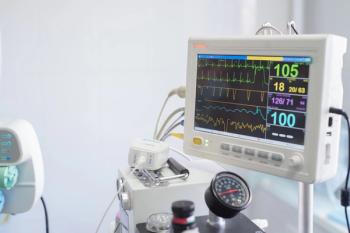
Neurotoxicant levels high in women of childbearing age
A study published online by the journal Environmental Research found that 55.8% of women ages 16 to 49 had blood levels of lead, mercury, and polychlorinated biphenyls (PCBs) that exceeded the median.
A study published online by the journal Environmental Research found that 55.8% of women aged 16 to 49 had blood levels of lead, mercury, and polychlorinated biphenyls (PCBs) that exceeded the median. The researchers claim that their findings are among the first description of US childbearing-aged women’s body burden and risk factors for multiple chemical exposures.
The researchers at Brown University collected data between 1999 and 2004 from 3173 women aged 16 to 49 who participated in the Centers for Disease Control and Prevention National Health and Nutrition Examination Survey (NHANES). The survey was designed to represent the national population of 134.5 million women of childbearing age.
Four risk factors associated with body burden are notable (P≤.05), wrote the investigators. The first is age: Risk of exceeding the median blood level in 2 or more pollutants grew exponentially. Women aged 30 to 39 had 12 times greater risk and women aged 40 to 49 had a risk 30 times greater than those women aged 16 to 19.
The second is fish consumption: Any fish consumption in the past 30 days more than doubled the odds of a woman having higher blood levels of the 3 chemicals.
Heavy alcohol consumption was a third factor that also increased the relative risk. A fourth factor, breastfeeding, reduced relative risk because women who had breastfed passed on some of the accumulated pollutants to their babies.
The researchers note that lead, mercury, and PCBs are neurotoxicants with intergenerational health consequences from maternal body burden and gestational exposures. More than one-fifth of these childbearing-aged women had 3 neurotoxicant levels at or above the median.
Thompson MR, Boekelheide K. Multiple environmental chemical exposures to lead, mercury and polychlorinated biphenyls among childbearing-aged women (NHANES 1999–2004): body burden and risk factors. Environ Res. 2012. Epub ahead of print.
Newsletter
Get the latest clinical updates, case studies, and expert commentary in obstetric and gynecologic care. Sign up now to stay informed.
















